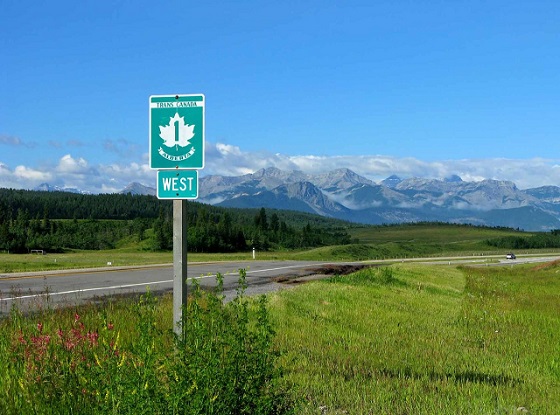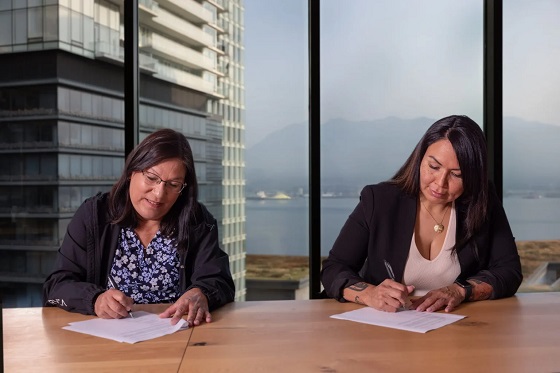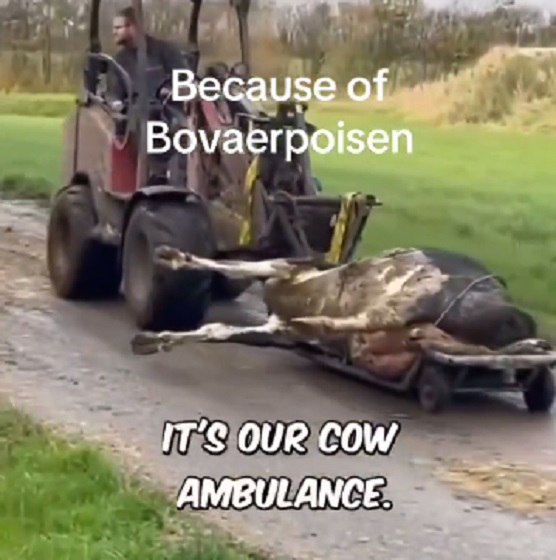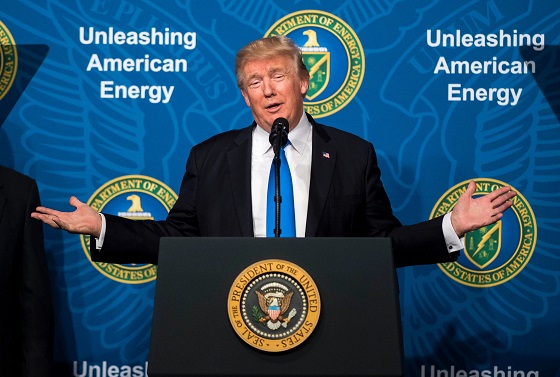Alberta
Indigenous Mentorship Organization aims to Close the Gap in Education & Employment in Canada

A Calgary-based Indigenous mentorship organization is preparing to launch its nation-wide online program after receiving a generous donation from Canadian celebrity Ryan Reynolds and wife, Blake Lively.
 Influence is an Indigenous-owned and operated organization working collaboratively with post-secondary institutions across the nation to partner Indigenous students in Canadian colleges, universities and polytechnic institutions with suitable mentors. The organization’s guiding principles include the Canadian Truth and Reconciliation Commission Calls to Action as well as the UN Declaration on the Rights of Indigenous Peoples. Influence is focused on creating greater opportunities for Indigenous post-secondary students while raising awareness for Indigenous issues, culture and history.
Influence is an Indigenous-owned and operated organization working collaboratively with post-secondary institutions across the nation to partner Indigenous students in Canadian colleges, universities and polytechnic institutions with suitable mentors. The organization’s guiding principles include the Canadian Truth and Reconciliation Commission Calls to Action as well as the UN Declaration on the Rights of Indigenous Peoples. Influence is focused on creating greater opportunities for Indigenous post-secondary students while raising awareness for Indigenous issues, culture and history.

Colby Delorme, Co-Founder and Board Chairperson of Influence Mentoring Society
Originally founded in 2014, the organization has spent several years pursuing proper funding, and will now officially be implementing their program in September 2021 after receiving the $250,000 celebrity donation.
Colby Delorme, Co-founder and Board Chairperson of Influence, expressed the sincere gratitude he and his team have for Lively and Reynolds for using their voices to amplify Influence’s cause. “It’s amazing that they are taking on this type of initiative and creating opportunities for Indigenous people,” he says, “we’re very grateful for their support.” Delorme says the funding will allow the organization to flourish and pursue its full potential while illuminating the greater, ongoing conversation surrounding diversity, equity and inclusion.
The funding announcement was originally released in early March, and already five post-secondary institutions with more than 6000 self-identified Indigenous students across Canada have come forward to express their interest in the program. To be eligible for participation in Influence Mentoring Society, students must be Indigenous and enrolled in a post-secondary institution of any kind. New or returning students are considered equally, as anyone can be a student at any age.
 Influence Mentoring is designed to aid in the success of Indigenous students in their post-secondary and post-graduate careers by pairing them with mentors who have a shared background in the students program of studies. Specifically, the organization focuses on closing the gap in education and employment that exists between Indigenous and non-Indigenous people in Canada. A 2016 First Nations Post-Secondary Education Report released by the Assembly of First Nations highlights the “overall gap in post-secondary education between First Nations and non-Indigenous people is directly related to the persistent gap in university attainment. This university attainment gap has remained at around 22 percentage points” (1).
Influence Mentoring is designed to aid in the success of Indigenous students in their post-secondary and post-graduate careers by pairing them with mentors who have a shared background in the students program of studies. Specifically, the organization focuses on closing the gap in education and employment that exists between Indigenous and non-Indigenous people in Canada. A 2016 First Nations Post-Secondary Education Report released by the Assembly of First Nations highlights the “overall gap in post-secondary education between First Nations and non-Indigenous people is directly related to the persistent gap in university attainment. This university attainment gap has remained at around 22 percentage points” (1).
“This pursuit really started as a way to give back,” says Delorme, who has relied on ongoing mentorship relationships himself throughout the course of his own career. “These mentorship relationships will give Indigenous students the type of supports they are lacking. This program is designed to take individuals from a place of feeling alone or isolated in their academic pursuit, and give them a feeling of community and support.”
Mentor and protégé partnerships are formed in the interest of fostering a culturally appropriate environment of inclusivity and learning, where students feel they are welcome and understood. “Eliminating these gaps and ultimately increasing Indigenous representation in the private sector, including in management and executive positions, should be a shared journey,” says Delorme.
Delorme and his co-founders have been busy responding to the overwhelming expression of interest in the program, and are working on accommodating as many students as possible for the upcoming Fall 2021 semester.
To learn more about Influence Mentoring, visit https://influencementoring.com
For more stories, visit Todayville Calgary.
Alberta
Tell the Province what you think about 120 km/h speed limit on divided highways

Alberta’s government is engaging with Albertans on increasing speed limits on rural highways.
Starting Nov. 7, Albertans can share their views on modernizing speed limits on divided highways through an online survey running until Dec. 12. The survey will ask how Albertans view raising the speed limit by 10 km/h on various highways from 110 km/h to 120 km/h.
“Alberta’s government is investigating how to safely increase speed limits on divided highways, and if Albertans support increasing speed limits. We are investing more than $1.5 billion this year alone to improve highway safety and upgrade infrastructure across the province. We want Albertans to be able to drive the speed limit that the highways are designed for. Modern vehicles combined with public awareness mean we can explore higher speed limits.”
The survey will provide Albertans with the opportunity to provide input on which highways they would prioritize having a speed limit increase, their views on restricting commercial trucks from using the far-left lane on highways with three or more lanes and any other feedback that would improve driving experiences on provincial highways.
Following a review of the survey results, Alberta’s government plans to conduct a mini-trial of a 120 km/h speed limit to assess the impacts of higher speed limits on divided highways. The trial will include strong monitoring to assess driving behaviour.
Alberta’s government reminds motorists to slow down and drive to the conditions. Speed limits are set for ideal conditions. When roads are wet, icy or when there is reduced visibility, motorists should slow down.
Quick facts
- Alberta’s provincial highway network includes more than 64,000 lane kilometres of highways, about 11,700 lane kilometres of which are divided.
- The posted speed limits of Alberta’s divided highways range from 100 to 110 km/h, although the posted speed limits on segments passing through cities, towns and First Nation lands can be as low as 50 km/h due to factors such as signalized intersections, pedestrians and local access.
Related information
- The survey is available online.
Alberta
Alberta Announces Members of Class Size and Complexity Committee

A new Class Size and Complexity Cabinet Committee has been struck to address classroom challenges.
Taking action on class size and complexity
Classrooms in Alberta continue to grow and are becoming increasingly complex, and immediate action is needed to address these issues in the public education system. To meet these issues head on, the Class Size and Complexity Cabinet Committee has been created. The cabinet committee will help guide government policy and deploy resources to deal with class sizes and classroom complexity.
“We are committed to providing world-class education, and we’re building schools and funding education at a rate unprecedented in this province. This committee will help us address the concerns of teachers, parents and students around class sizes and complexity.”
Throughout November, Alberta’s government will continue work with school boards to collect data on class sizes and classroom composition. The cabinet committee will use this data to direct resources to the classrooms that need it the most. Starting in January, this data will be made available and released annually.
The Class Size and Complexity Cabinet Committee will be co-chaired by the Premier of Alberta and the Minister of Education and Childcare. It will also include non-voting members representing school boards, administrators and a teacher representative of the ATA. The committee will also hear from school boards, academic experts, teachers, educational assistants, complex needs specialists and parents to inform its decisions and guide this vital work.
“We heard teacher concerns, and we are providing solutions. The Class Size and Complexity Cabinet Committee will help us take immediate action and ensure teachers and students are given the support they need to succeed.”
In June 2025, Alberta’s government established the Aggression and Complexity in Schools Action Team to provide advice on addressing classroom complexity. The report has been received and will be released soon. Over the coming months, the cabinet committee will start rolling out solutions informed by the action team’s recommendations. In addition, the committee will guide the creation of a new inclusive education policy framework.
“The work of this committee will support teachers in responding to the growing complexity in our classrooms. We will ensure that the voices of the contributors to the initial work guide
solutions that truly improve the educational experience for students and the educators who serve them.”
“I appreciate the government’s recognition of the impact of classroom complexity and their commitment to working collaboratively for improvement. Supporting teachers ultimately improves classroom conditions and student outcomes.”
Using data collected, this cabinet committee will also guide Alberta’s government in executing its commitment to hire 3,000 new teachers and 1,500 new educational assistants over the next three years. They will also assist in identifying and prioritizing where new schools and modulars should be built, advancing the government’s commitment to invest $8.6 billion to build 130 new schools, and provide 109 modular classrooms in the growing communities that need them urgently.
Quick facts
- Members of the Class Size and Complexity Cabinet Committee include:
- Danielle Smith, Premier of Alberta
- Demetrios Nicolaides, Minister of Education and Childcare
- Jason Nixon, Minister of Assisted Living and Social Services
- Rick Wilson, Minister of Mental Health and Addiction
- Searle Turton, Minister of Child and Family Services
- Lynnette Anderson, chief superintendent, Edmonton Catholic Schools
- Nicole Buchanan, chair, Red Deer Public Schools
- Marilyn Dennis, former president of Alberta School Boards Association
- Mike McMann, superintendent, Fort Vermilion Schools and President, College of Alberta School Superintendents
- Joanne Pitman, chief superintendent, Calgary Board of Education
- Dr. Elissa Corsi, Alberta Teachers’ Association
- Only Cabinet members are voting members. Additional guests will be invited to attend and share their expertise at the discretion of the chairs.
- School boards will be required to submit data on Alberta classrooms by Nov. 24.
-

 Business2 days ago
Business2 days agoCarney’s Deficit Numbers Deserve Scrutiny After Trudeau’s Forecasting Failures
-

 International2 days ago
International2 days agoKazakhstan joins Abraham Accords, Trump says more nations lining up for peace
-

 Alberta1 day ago
Alberta1 day agoTell the Province what you think about 120 km/h speed limit on divided highways
-

 Automotive2 days ago
Automotive2 days agoElon Musk Poised To Become World’s First Trillionaire After Shareholder Vote
-

 Alberta1 day ago
Alberta1 day agoAlberta’s number of inactive wells trending downward
-

 National18 hours ago
National18 hours agoNew Canadian bill would punish those who deny residential indigenous schools deaths claims
-

 Business1 day ago
Business1 day agoBill Gates Gets Mugged By Reality
-

 Energy7 hours ago
Energy7 hours agoThawing the freeze on oil and gas development in Treaty 8 territory




